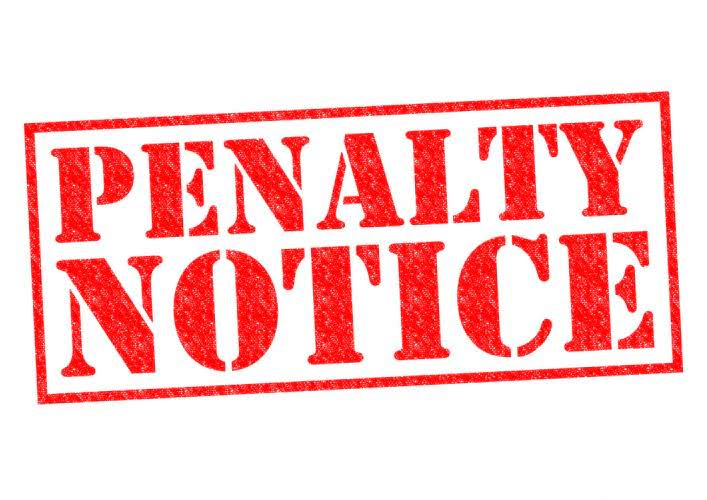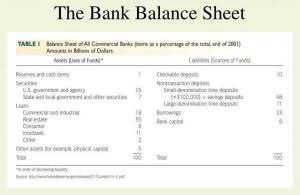
For example, if a month starts on the 1st and the first payday is on that day, you might have five paydays if the month is long enough. Some months align with a 5 week cycle if the month starts early enough. While Friday is a common payday, the actual day of the week can vary based on company policy and operational needs. Leave time usage will be reported for salaried staff through a new semimonthly leave usage reporting system.

January
Bi-weekly pay periods pay employees every two weeks, leading to 26 paychecks over a year. A pay period represents the specific duration for which an employee’s wages are calculated and paid. With set paydays (like the 1st and 15th or 15th and last day of the month), you can plan cash flow easily and avoid the extra pay period surprises that come with bi-weekly payroll. When setting up a weekly payroll, payment should occur on the same day every week.

Getting Started Is Easy
Perhaps this is a situation where your employer will reconsider their decision. Unfortunately, raising your voice at the owner of the company and being perceived as disrespectful can be grounds for a lawful termination. This is because employment is generally “at will” absent an agreement to the contrary. It doesn’t matter whether the basis for termination is fair, reasonable or even true.

What Are Florida’s Overtime Laws?

The second pay of the month will normally be on the 20 of the month covering the pay period beginning the first of the month through the 14 of the month. When a scheduled pay date falls on a holiday or weekend, the pay will be disbursed the prior business day. If you’re in restaurants, construction, or retail, employees may expect Car Dealership Accounting to get paid weekly.
- I called the boss really upset and he told me that I wasn’t going to be paid until Saturday, and that somehow I was still getting paid for 80 hours.
- This table outlines a sample pay schedule for a bi-weekly pay period where the first payday falls on January 5th.
- By reviewing and adjusting your plans, you can keep up the momentum and continue progressing toward your goals.
- No matter how much your employees (or you) love your job, it’s the paycheck that keeps them coming back.
- You may only backdate a payment date if the employee was actually paid on that earlier date.
- Employees are paid on the same day each week with a weekly pay schedule, such as every Thursday or Friday.
Time and Attendance
- Less frequent periods, like monthly, require employees to budget over longer durations, but can reduce administrative costs for employers.
- Use these paychecks to make sure you’re on track with your budget.
- Although it may sound similar to bi-weekly pay, semi-monthly is different.
- Unlike semi-monthly pay, which occurs twice a month, bi-weekly pay is consistent in terms of the day of the week.
- If you have any tax refunds coming in, be sure to factor that into your financial plan.
- Having a semi-monthly pay period calendar makes it easier to stay within your budget.
Bi-weekly payroll is commonly used since it strikes a good balance between convenience and cost-effectiveness. Employees still receive paychecks regularly, and businesses have pay period 5th and 20th fewer administration costs and can regulate employees with unusual work schedules. This can be challenging during months that include three payment periods, as it requires additional planning for HR to manage the pay cycle.
This schedule gives you the ability to stay on track with your budget, track your spending, and plan for any upcoming expenses. October is a great time to start thinking about tax planning for the coming year. Consult with a tax advisor to find out how to minimize your tax burden.
All wages or compensation earned and unpaid before the first day of any month are due no later than 8 a.m. On the 15th day of the month following the month in which the wages or compensation were earned. All wages or compensation earned and unpaid before the 16th day of any month are due no later than 8 a.m. A cutoff date is the specific due date to finalize all transactions and calculations for a specific pay period.
- November is a great time to review your progress on your financial goals.
- Examples of common pay periods include weekly, bi-weekly, semi-monthly, and monthly.
- Having a semi-monthly pay period calendar provides consistency in your income, which helps you manage your finances with more confidence.
- September is here, and it’s all about getting back into the swing of things.
- This variation occurs because of the way the days of the week fall in different months.
What determines an employer’s payroll tax deposit schedule?
July is perfect for taking a look at your long-term investments. Review your portfolio and make sure it’s still aligned with your financial goals and risk tolerance. The consistency of a semi-monthly pay schedule enables you to maintain a balanced budget. By using the calendar effectively, you can https://www.thepropelinitiative.org/church-payroll-services/ ensure that you are financially prepared for any situation that may arise.
Take the time to review your spending habits and make sure you’re still on track to meet your financial goals. Having a well-defined budget not only helps you achieve your goals, but also helps you enjoy the summer season with more financial confidence. January is all about fresh starts, and what better way to begin than by having your finances in order?

